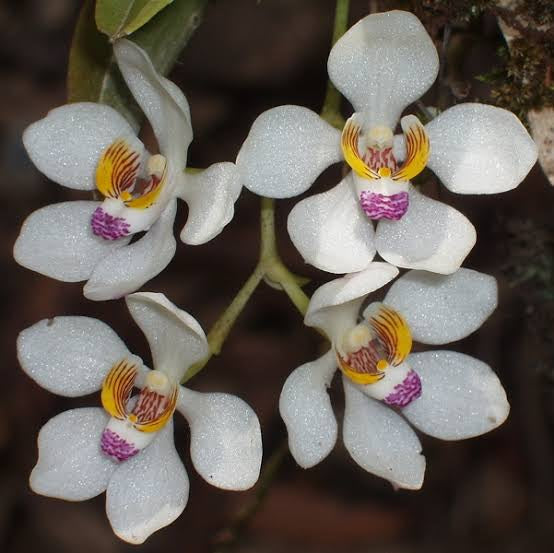
Preparing Australian Native Orchids for Winter: A Guide to Ensure Vibrant Blooms
Share
As winter approaches, it's essential to give our beloved Australian native orchids the care they need to thrive during the colder months. These stunning plants require special attention to ensure they remain healthy and ready to bloom when spring arrives. Whether you're a seasoned orchid enthusiast or a beginner, here's a simple guide to preparing your Australian native orchids for winter.
-
Understand Your Orchid's Needs: Before diving into winter preparations, it's crucial to understand the specific requirements of your orchid species. Australian native orchids come in various forms, each with its own preferences for light, temperature, and humidity. Research your orchid's species to tailor your care accordingly.
-
Adjust Light and Temperature: As daylight hours decrease during winter, it's necessary to adjust the light exposure for your orchids. Place them in a location where they can still receive bright, indirect sunlight for several hours each day. Avoid exposing them to direct sunlight, as it can scorch the delicate leaves. Additionally, maintain a consistent temperature range suitable for your orchids, typically between 15°C to 25°C.
-
Monitor Humidity Levels: While Australian native orchids generally prefer high humidity, indoor environments tend to become drier during winter due to heating systems. To maintain adequate humidity levels, consider using a humidifier or placing a tray filled with water and pebbles beneath your orchid pots. Misting the foliage lightly can also help mimic their natural habitat.
-
Watering: Adjust your watering routine according to the orchid's growth cycle and environmental conditions. During winter, orchids typically require less frequent watering as they experience slower growth. Allow the top layer of the potting mix to dry out slightly before watering, ensuring proper drainage to prevent waterlogging, which can lead to root rot.
-
Fertilization: Reduce the frequency of fertilization during winter, as orchids enter a period of dormancy or slower growth. Use a balanced orchid fertilizer diluted to half or a quarter of the recommended strength, applying it every 4-6 weeks. This will provide essential nutrients without overwhelming the plant.
-
Protect from Drafts and Cold: Australian native orchids are sensitive to sudden temperature fluctuations and drafts. Keep them away from windows, doors, or vents where cold drafts can cause stress or damage to the foliage. If necessary, use curtains or draft stoppers to shield them from chilly winds.
-
Inspect for Pests and Diseases: Winter conditions can exacerbate pest infestations and fungal diseases. Regularly inspect your orchids for signs of pests such as aphids, mealybugs, or scale insects. Treat any infestations promptly using organic insecticidal soap or horticultural oil. Also, ensure good air circulation around the plants to prevent fungal issues.
-
Pruning and Maintenance: Remove any dead or yellowing leaves, spent flower spikes, or damaged parts of the plant to promote healthy growth. Pruning also helps improve air circulation and prevents the spread of diseases. Use sterilized tools to avoid introducing pathogens to the orchid.
By following these simple steps, you can ensure that your Australian native orchids remain healthy and resilient throughout the winter months. With proper care, they'll reward you with vibrant blooms and lush foliage once spring arrives, brightening up your home with their unique beauty.
